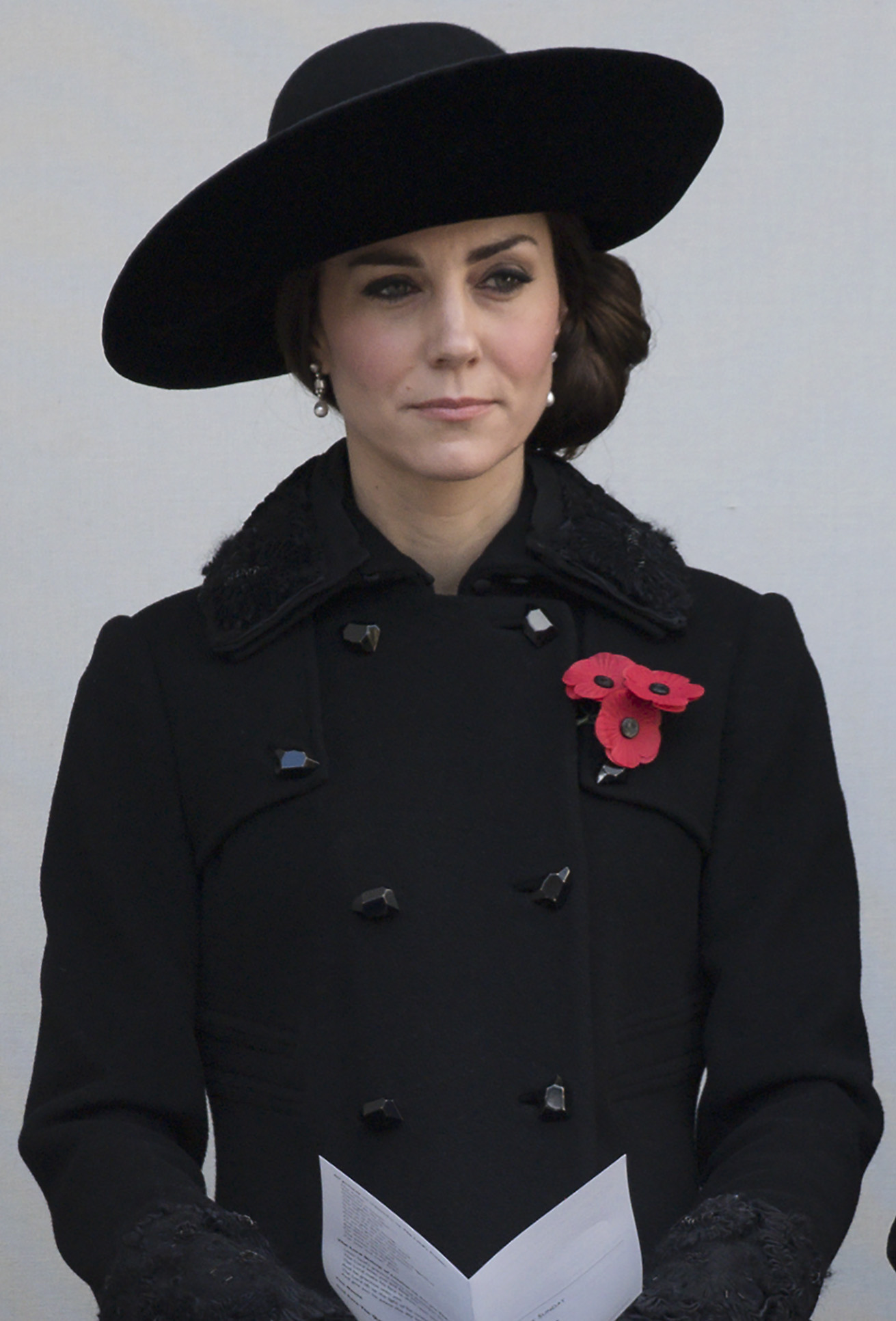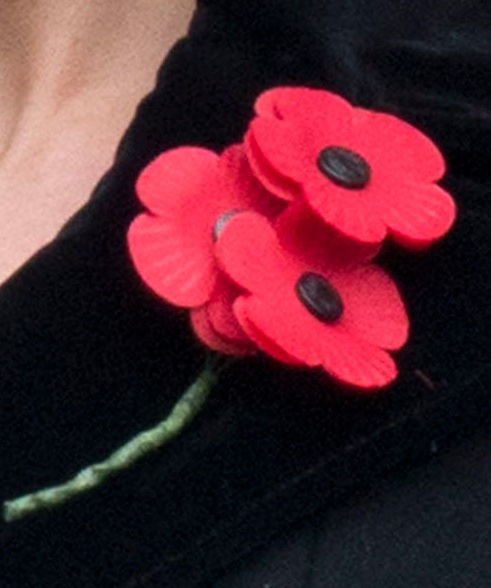
The symbol masks the differences, yet perhaps it also leaves space within a crowd for different thoughts about it.

The nature of that common cause is in the eye of the observer. Some others of them chose to wear it anyway.īut then, when many people display the same symbol, who can tell the varying reasons for displaying it that they may have? Walking down the street, each person may have a different, unique and intimate reason for wearing it but watching the crowd there is an impression of uniformity, that everyone is expressing belief and commitment to a common cause. A number of arguments criticised the idea of the military hero that is part of the public culture of Remembrance: does treating soldiers as heroes by virtue of their service blind us to the crimes that some commit? Do all soldiers, just by choosing to be soldiers, in fact commit a crime? Are there circumstances in which a person choosing not to fight alongside British soldiers, or indeed choosing to fight against them, could also be a hero? Some of the people making these arguments rejected the symbol of the poppy altogether.

Many people on my timeline talked about friends and relatives who had been harmed by war – some who had chosen to take part and others who had no choice. The question lingers: if the dead are said to have ‘sacrificed’ their lives, then why weren’t the living, who came out of the same danger, being suitably honoured and cared for by the state that sent them into it? The language of Remembrance, in the light of that, looks more like propaganda than passion. The white poppy is much harder to find – in Richmond in the 1980s, I’d never seen one – and is explicitly directed against the state-driven meanings that its creators identify in the red poppy: Some prefer to wear the white poppy, which was adopted by the Peace Pledge Union in 1933 as an explicit ‘challenge to the continuing drive to war’. To many people I follow, the poppy today appears as an uncritical celebration of the UK’s current wars and of a pervasive militarism that has made them possible.

But when I think about poppy-wearing now, whatever approach I want to take has to get past those things I was able to observe about my mother: this symbol had at least some potential to accommodate many experiences, many memories, and many views on war.įor the last few years a lot of my Twitter timeline on and around Remembrance Sunday has been taken up with different views on wearing and displaying the Remembrance poppy. I’m not able to say what her reasons were, or what memories might have been going through her mind, when she saw the appeals’ symbols and dropped a coin into the tin. (I’m using the past tense because, now that I don’t live with her, I couldn’t say whether she still wears a poppy or not.) His war experiences had effects on the family that stayed with her and will stay with her for the whole of her life. My mother hates war and militarism, but usually or always donated to the Poppy Appeal, and to the Royal Air Force Benevolent Fund in memory of her dad – my grandfather – who had been an RAF pilot during the Second World War. I remember poppies as being just one of many charity appeals that my mum would encourage us to give to during street collections: Oxfam, the Royal Society for the Protection of Birds, a charity in Kingston named after Princess Alexandra that I helped to shake tins for outside the Bentalls Centre although I have no recollection now of what it did…

In a way, the Poppy Appeal was a local charity. I grew up close to the Richmond riverside, where the Poppy Factory sits close to the Royal Star and Garter Home, a hospital for wounded soldiers opened by the British Red Cross in 1916. Since 1922, the Royal British Legion (the largest veterans’ organisation in the UK) has been employing disabled veterans to make the Remembrance poppies that it sells as part of its annual charity appeal.


 0 kommentar(er)
0 kommentar(er)
